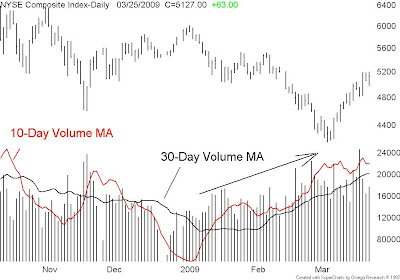Tips for responsible investing
Avoid "over-hyped" sectors - currently infrastructure EVERYBODY loves it
Avoid "trade by appointment" issuers - thin traders can be hard to dump
Avoid share buy-backs - usually done for the wrong reasons - companies do not shrink their way to greatness
The O'Leary Global Infrastructure Fund fails all three tests - exposure to and over-hyped sector, a thin trader and a share buy-back for the wrong reason
On a March 12 press release O'Leary Funds Management LP, the manager of O'Leary Global Infrastructure Fund today announced that the Fund has commenced a normal course issuer bid to purchase a portion of the outstanding trust units (TSX: OGN.un) on the Toronto Stock Exchange. The purpose of the normal course issuer bid is to provide the Fund with a mechanism to decrease the potential spread between the net asset value per unit and the market price of the trust units and to provide enhanced liquidity for the trust units. Under the normal course issuer bid, the Fund intends to purchase up to 469,010 trust units, representing 10% of the public float of the securities issued and outstanding.
Hello - is anybody home? We need more shares to increase liquidity - split the trust units and put the dough to work as promised - Let me help, SNC-Lavalin Group, Stantec Inc, Aecon Group Inc, Finning International and Fluor Corporation

















